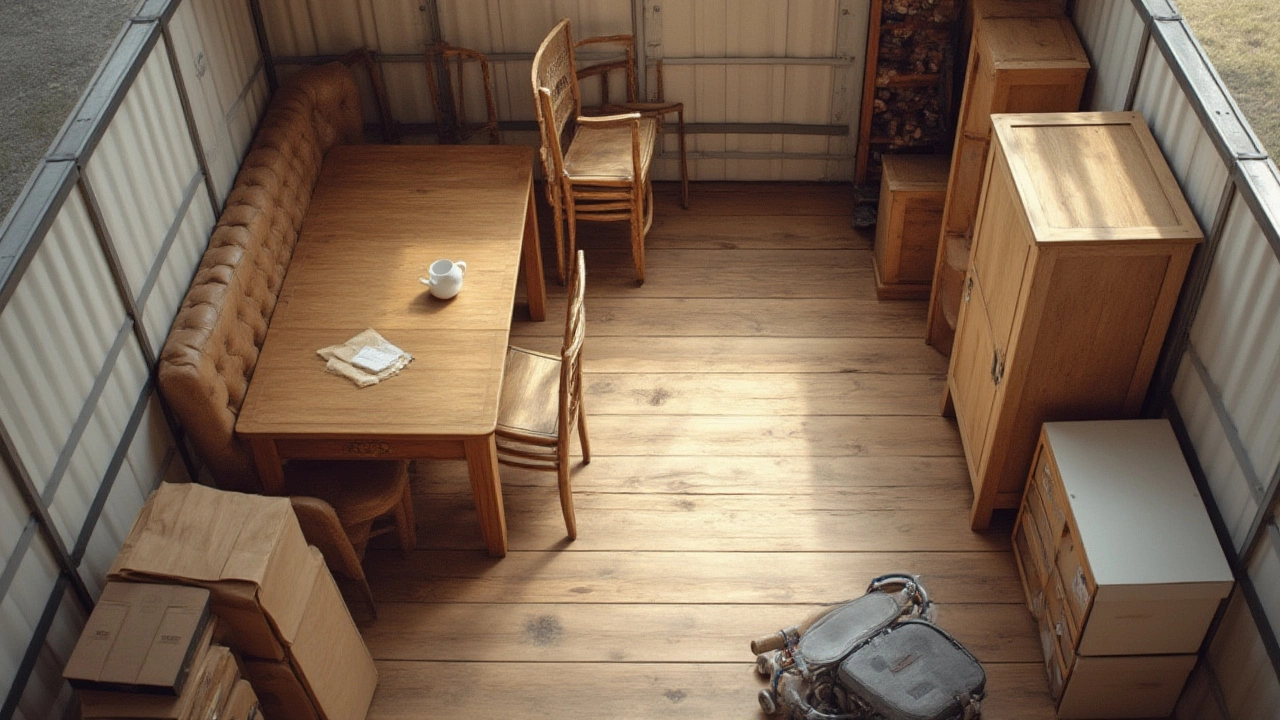Wondering how much furniture you can actually squeeze into a 10x10 storage unit? Get real-life numbers, tips, and strategies for efficient storage.
How Much Fits: Practical Tips for Size, Space, and Budget
Ever stared at a room and wondered if that sofa, rug or tile pattern will actually work? You’re not alone. Figuring out how much fits is the first step to a smooth project, whether you’re laying flooring, picking a couch, or adding storage.
Measuring for Tiles and Flooring
Start with the floor area. Grab a tape measure, note the length and width of the space, and multiply them. For a rectangular room that’s 4 m by 5 m, you need 20 m² of tile. Add 10 % extra for cuts and breakage – that’s another 2 m², so order 22 m².
If the room isn’t a perfect rectangle, break it down into smaller shapes – squares, rectangles or triangles – calculate each area, then add them up. Sketches help: draw the outline on graph paper, each square can represent 0.5 m², making the math visual.
Tile size matters too. Large tiles (60 × 60 cm) cover more ground with fewer grout lines, which can make a small room feel bigger. Small tiles (30 × 30 cm) create more visual texture but need more pieces, increasing waste. Choose a size that matches your design goal and budget.
Fitting Furniture and Storage
When it comes to furniture, the 2‑foot rule is a handy shortcut. Keep at least 60 cm (2 ft) of walking space in front of sofas, tables and beds. Measure the wall length, subtract the clearance, and you’ll know the maximum piece width that fits without crowding the room.
For storage, think vertically. Tall shelves use the same floor footprint as short ones but give you extra capacity. Measure the height from floor to ceiling, leave a few centimeters for ventilation, and pick a shelf unit that fits within that range.
Don’t forget doorways and staircases. Measure the narrowest point of any passage and add a few centimeters for wiggle room. This prevents the classic "the couch won’t get through the door" panic.
Lastly, consider your budget. Set a realistic cost per square metre for tiles and a price per piece for furniture. Multiply by the quantities you calculated, then add a 5‑10 % buffer for unexpected expenses. This simple spreadsheet can save you from surprise invoices.
By breaking a project into clear measurements, adding a safety margin, and matching choices to your space, you’ll always know how much fits before you buy. No more guesswork, no wasted money, just a room that feels right from day one.
